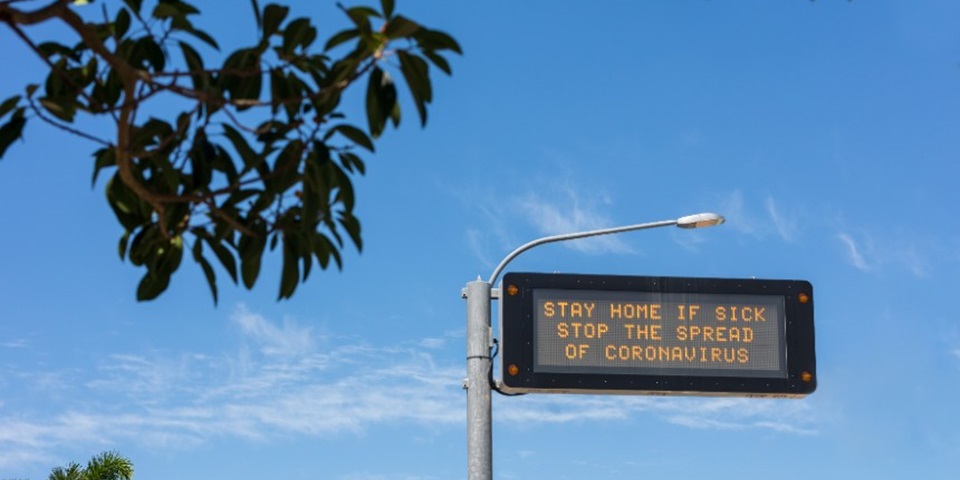News
How the COVID-19 pandemic shifted Australia’s quarantine policy

Australia’s quarantine response to COVID-19 has been crucial to the country’s relative success, on both state and national levels, in responding to the virus.
In an article recently published in The Public Administration Review, Murdoch University Senior Lecturer in Global Public Administration and Public Policy, Dr Kim Moloney outlines that Australia’s response has been embedded in its historical actions and identity as a nation.
“It was present from before the formation of the Australian nation, it was present during the 1918-1919 Spanish flu outbreak, and it has been utilised on issues around biosecurity and international trade too.”
Co-author, Griffith University Associate Professor in Paediatrics, Dr Susan Moloney reiterates quarantine policy is not new, and our experience during past pandemics, and more recently COVID-19, have guided the plans we now use and have had to alter mid-crisis.“For the seven decades following the Spanish Flu, Australia has experienced very few human health pandemics with no national human health plan. In 1999, the first plan was created, which was only updated in 2008 with the Australia Health Management Plan for Pandemic Influenza (AHMPPI) and again in August 2019.”
Earlier this year, Australia saw the Morrison Government create the Australian Health Sector Emergency Response Plan for Novel Coronavirus to guide a ‘whole of government’ response. The 2020 plan was reliant on the 2008 Australian Health Management Plan for Pandemic Influenza (AHMPPI) on border closures and social isolation.
“Although the AHMPPI was supposed to guide Australia’s response, the uniqueness of the coronavirus and its threat was not fully predicted by the AHMPPI. This is why there were several mid-pandemic quarantine policy shifts by Australia as our response deepened,” said Dr Moloney.
Dr Kim Moloney explains that with border closures, we saw the AHMPPI policy change before our eyes.
“Although the AHMPPI recommended that the Commonwealth reconsider visa issues, the AHMPPI lacked specificity on the ‘how’ of such discussions and which visas, meaning the Commonwealth were required to act ‘on the fly’ as they responded to COVID-19.
“The plan did not recommend mandatory quarantine or domestic border closures and yet, Australia’s COVID-19 response included such closures.
“The policy also did not predict the role of asymptomatic persons or the clinical severity of COVID-19.
“We suddenly had to be vigilant of its virality, which saw leaders at State and Territory level alter prior plans to specifically address the threat of COVID-19,” said Dr Moloney.
The introduction of self-isolation and social distancing, Dr Moloney explains, was another policy change to specifically address the uniqueness of COVID-19.
Dr Susan Moloney added while the AHMPPI was able to predict Australia’s potential need during a human health pandemic for contact tracing, mass gathering closures, and workplace closures, other policy shifts were not expected.
“Although Australia closed schools, this contradicted the AHMPPI which advised school closures should only occur if there is evidence of “high clinical severity and/or high transmissibility specifically in children,” said Dr Moloney.
“More generally, there has been relative Commonwealth and State/Territory agreement on response steps during the height of the COVID crisis.
“But as Australia flattened the curve, bickering arose like the public spat between the Federal Minister for Education and Victoria on schools reopening, and more recently, a legal case against Western Australia for its decision to keep a hard border closure to Eastern States."
“Australia’s success during COVID-19 as a nation, is in part due to Australian quarantine policy being so closely tied to its island nature and learnings from previous pandemics. And, the lessons we have learned handling COVID-19 may strengthen future pandemic responses and hopefully make them more coordinated.”